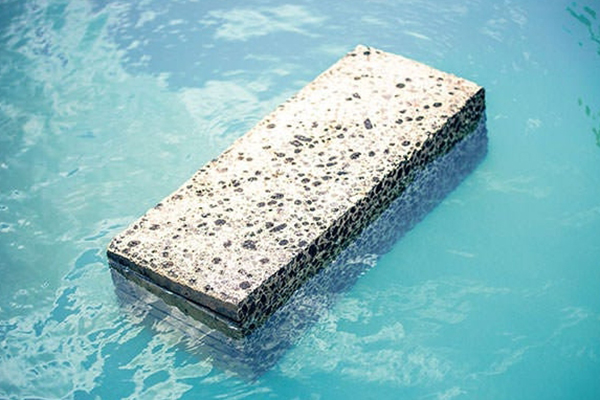Autoclaved Aerated Concrete (AAC) blocks are a popular building material known for their lightweight, insulating, and eco-friendly properties. These blocks are used in construction for walls, floors, and roofs, offering several advantages over traditional masonry options like clay or cement bricks. However, one of the questions that frequently arises during construction with AAC blocks is: “Does the AAC block need water?”
To answer this question, it’s essential to understand the composition and properties of AAC blocks and how water interacts with them during both the construction process and the building’s life cycle.
Understanding AAC Blocks
AAC blocks are made from sand (or fly ash), cement, lime, and water. The mixture is then subjected to a high-pressure steam curing process, known as autoclaving, which gives the blocks their aerated structure. This aeration process creates millions of tiny air pockets within the block, which contribute to its lightweight, thermal insulation, and fire-resistant properties. The blocks are also highly durable and easy to work with, making them a favored material in modern construction.

The Role of Water During the Manufacturing Process
Water plays a crucial role in the production of AAC blocks. During the manufacturing process, water is mixed with the dry components—sand, cement, and lime—to form a slurry. This slurry is then poured into molds and allowed to rise due to the reaction between the lime and cement. After curing in an autoclave, the result is a solid yet lightweight block.
Thus, water is essential in the production phase, but this water is chemically bound within the blocks once they are made. The blocks do not retain “free” water that would evaporate over time, as might be the case with other materials like regular concrete.
Does AAC Block Need Water During Construction?
Once the AAC blocks are manufactured, they do not need to be soaked in water before being used in construction. Soaking AAC blocks is not recommended, as it could negatively affect their structural integrity. However, some moisture content is always present within the blocks due to their manufacturing process, and this moisture is stable.
During the construction phase, the primary consideration is the use of water in the bonding process. AAC blocks are typically bonded using a special thin-bed mortar, which has specific water requirements. This mortar often requires mixing with water before application. Adequate water ensures proper bonding between the blocks, contributing to a strong and durable wall.
It is important to follow the manufacturer’s guidelines for mixing and applying mortar to prevent problems like poor adhesion or cracking. While the blocks themselves do not need water during the construction process, the mortar must be appropriately hydrated for optimal performance.
Water and the Durability of AAC Blocks
After the construction of a building with AAC blocks, water can still affect the material, but it’s not a direct requirement. AAC blocks are generally resistant to moisture absorption due to their aerated structure, which helps keep the material dry and prevents the growth of mold and mildew. However, like any other construction material, AAC blocks can deteriorate over time if subjected to excessive water exposure, particularly in areas of high humidity or in climates with frequent rainfall.
Proper waterproofing and drainage systems around buildings made with AAC blocks are essential to prevent long-term moisture damage. For example, external walls made of AAC blocks may require a waterproofing coating or plaster to ensure water does not penetrate the structure. In interior applications, moisture protection might not be as critical, though using breathable finishes can help maintain the material’s durability.
Conclusion
In summary, while AAC blocks do require water during their manufacturing process, they do not need to be soaked or watered before use in construction. The key focus when working with AAC blocks is ensuring that the mortar used for bonding is mixed with the correct amount of water to form a strong bond between the blocks. Once the building is constructed, moisture management becomes more important than ever, especially in climates where water exposure is frequent.
By understanding the role of water in the production and application of AAC blocks, builders and homeowners can ensure the material’s durability and efficiency, contributing to the overall success of the construction project.
Post time: 11 月-27-2024




